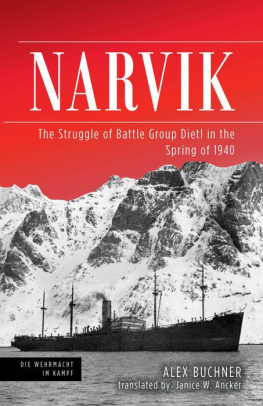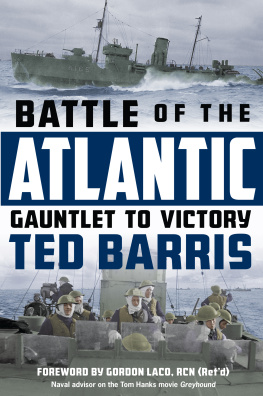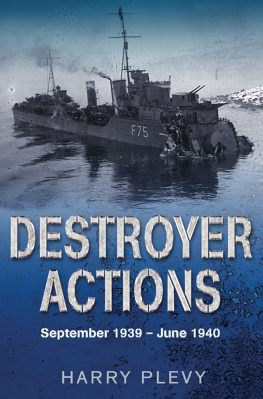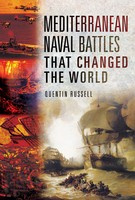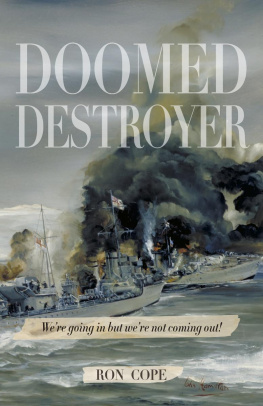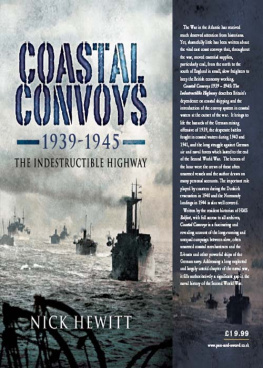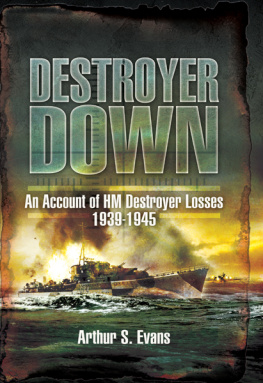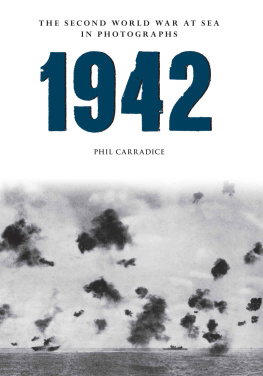Richard H. Osborne - Destroyer at War: The Fighting Life and Loss of HMS Havock from the Atlantic to the Med 1939-42
Here you can read online Richard H. Osborne - Destroyer at War: The Fighting Life and Loss of HMS Havock from the Atlantic to the Med 1939-42 full text of the book (entire story) in english for free. Download pdf and epub, get meaning, cover and reviews about this ebook. publisher: Frontline Books, genre: Non-fiction. Description of the work, (preface) as well as reviews are available. Best literature library LitArk.com created for fans of good reading and offers a wide selection of genres:
Romance novel
Science fiction
Adventure
Detective
Science
History
Home and family
Prose
Art
Politics
Computer
Non-fiction
Religion
Business
Children
Humor
Choose a favorite category and find really read worthwhile books. Enjoy immersion in the world of imagination, feel the emotions of the characters or learn something new for yourself, make an fascinating discovery.

- Book:Destroyer at War: The Fighting Life and Loss of HMS Havock from the Atlantic to the Med 1939-42
- Author:
- Publisher:Frontline Books
- Genre:
- Rating:3 / 5
- Favourites:Add to favourites
- Your mark:
Destroyer at War: The Fighting Life and Loss of HMS Havock from the Atlantic to the Med 1939-42: summary, description and annotation
We offer to read an annotation, description, summary or preface (depends on what the author of the book "Destroyer at War: The Fighting Life and Loss of HMS Havock from the Atlantic to the Med 1939-42" wrote himself). If you haven't found the necessary information about the book — write in the comments, we will try to find it.
Havock had earned her reputation guarding the convoys across the Atlantic in 1939 and at Narvik in the abortive bid to stave off the German occupation of Norway in 1940. Havock was then transferred to the Mediterranean, fighting at the Battle of Cape Spada in 1940 and in 1941 at the Battle of Matapan and in the evacuations of Greece and Crete.
Havocks duties in the Med continued, escorting the convoys to the besieged island of Malta and the equally beleaguered garrison at Tobruk. Then in the Battle of Sirte in 1942 Havock was badly damaged and she limped into Malta for repairs. There she was heavy bombed and when Havock made a bid to reach Gibraltar, she was wrecked off Cape Bon. Her crew was captured and imprisoned in the infamous Laghouat internment camp.
The authors have tracked down fifty of the surviving crew and from interviews have been able to compile one of the most detailed, and certainly one of the most dramatic, histories of a destroyer during the Second World War. Destroyer at War tells the story of the battles and operations of a famous ship, and its sad destruction, through newspaper reports, official documents, and the words of the men who sailed and fought in HMS Havock as she earned an astonishing eleven battle honors in her brief but glorious career.
Richard H. Osborne: author's other books
Who wrote Destroyer at War: The Fighting Life and Loss of HMS Havock from the Atlantic to the Med 1939-42? Find out the surname, the name of the author of the book and a list of all author's works by series.

